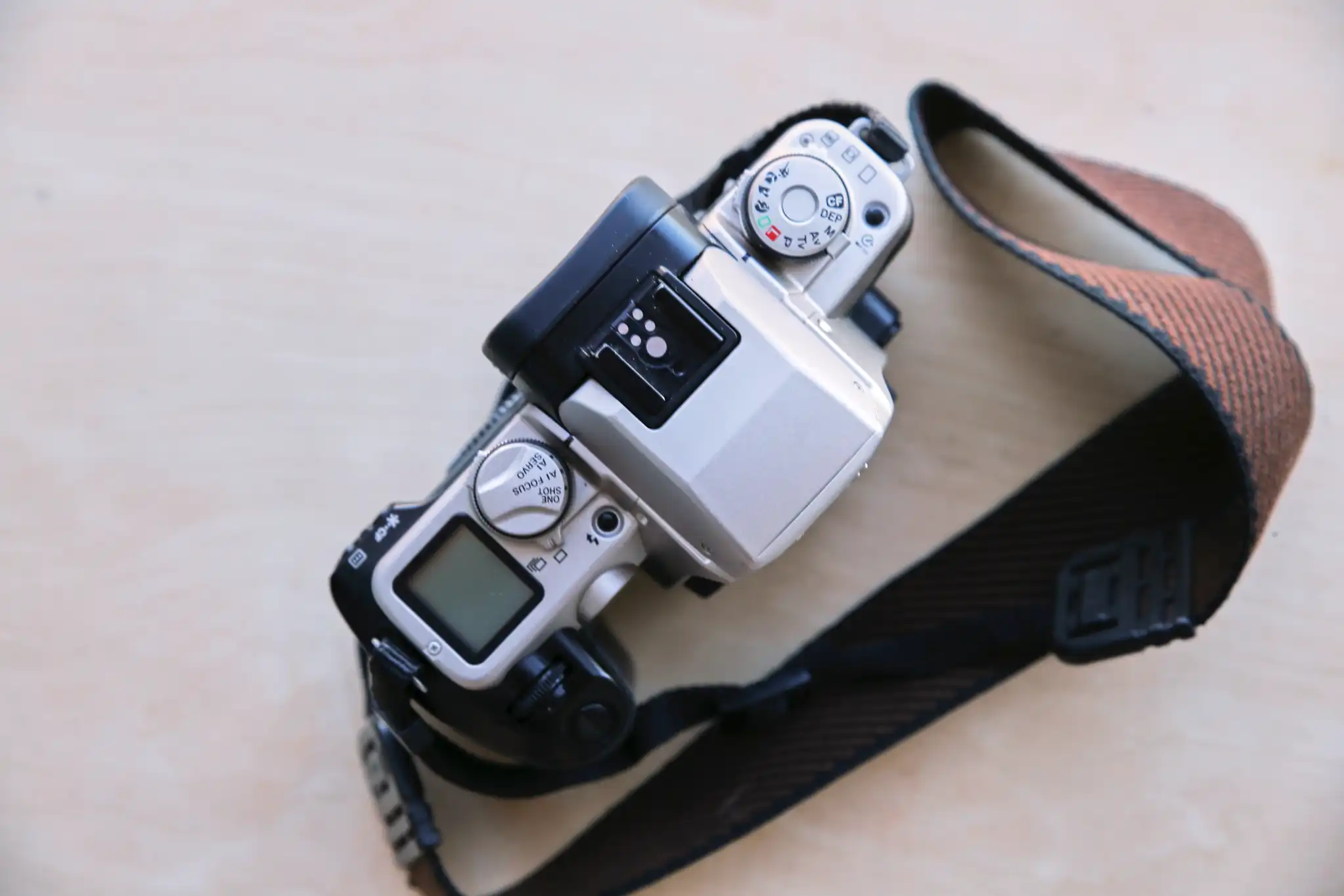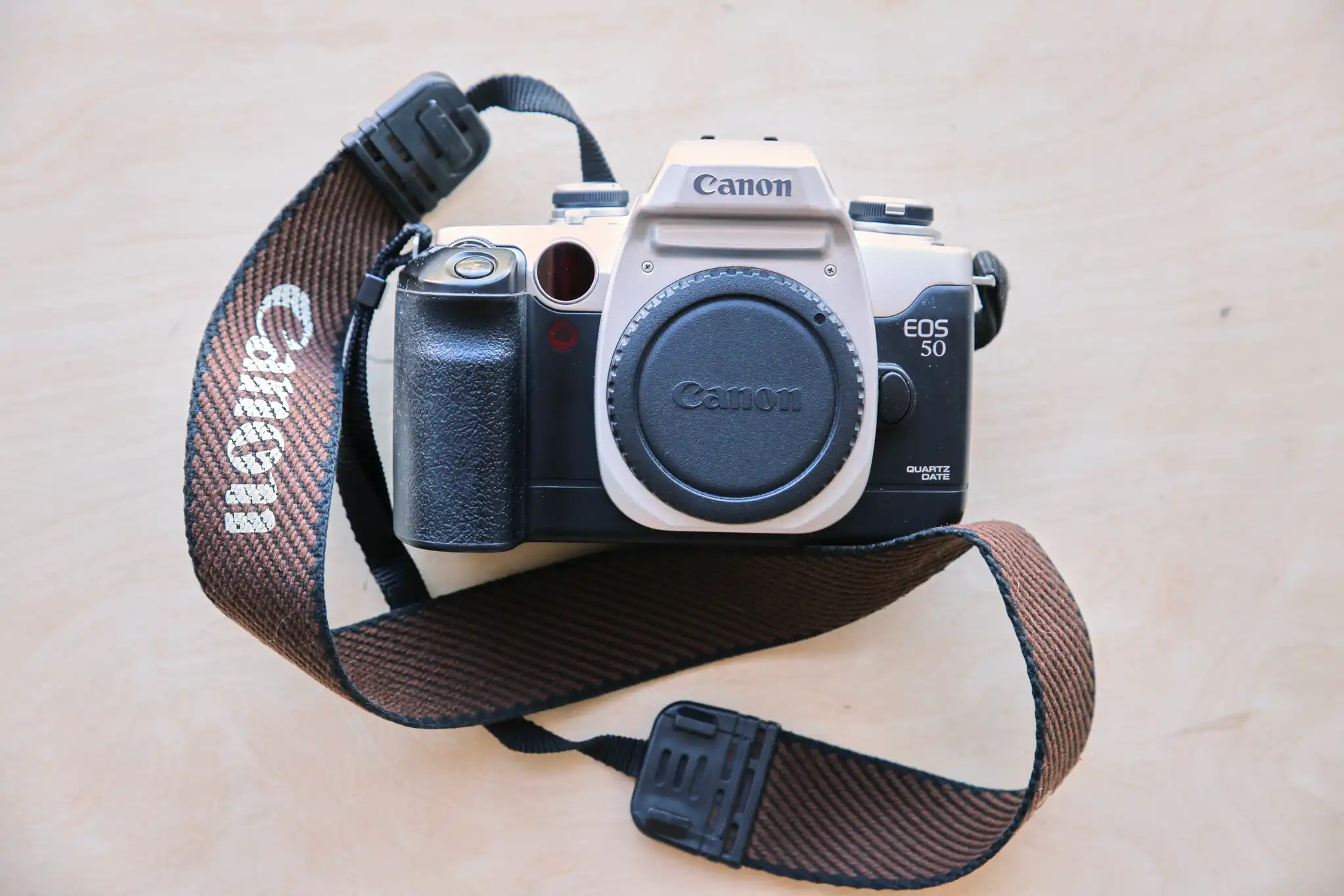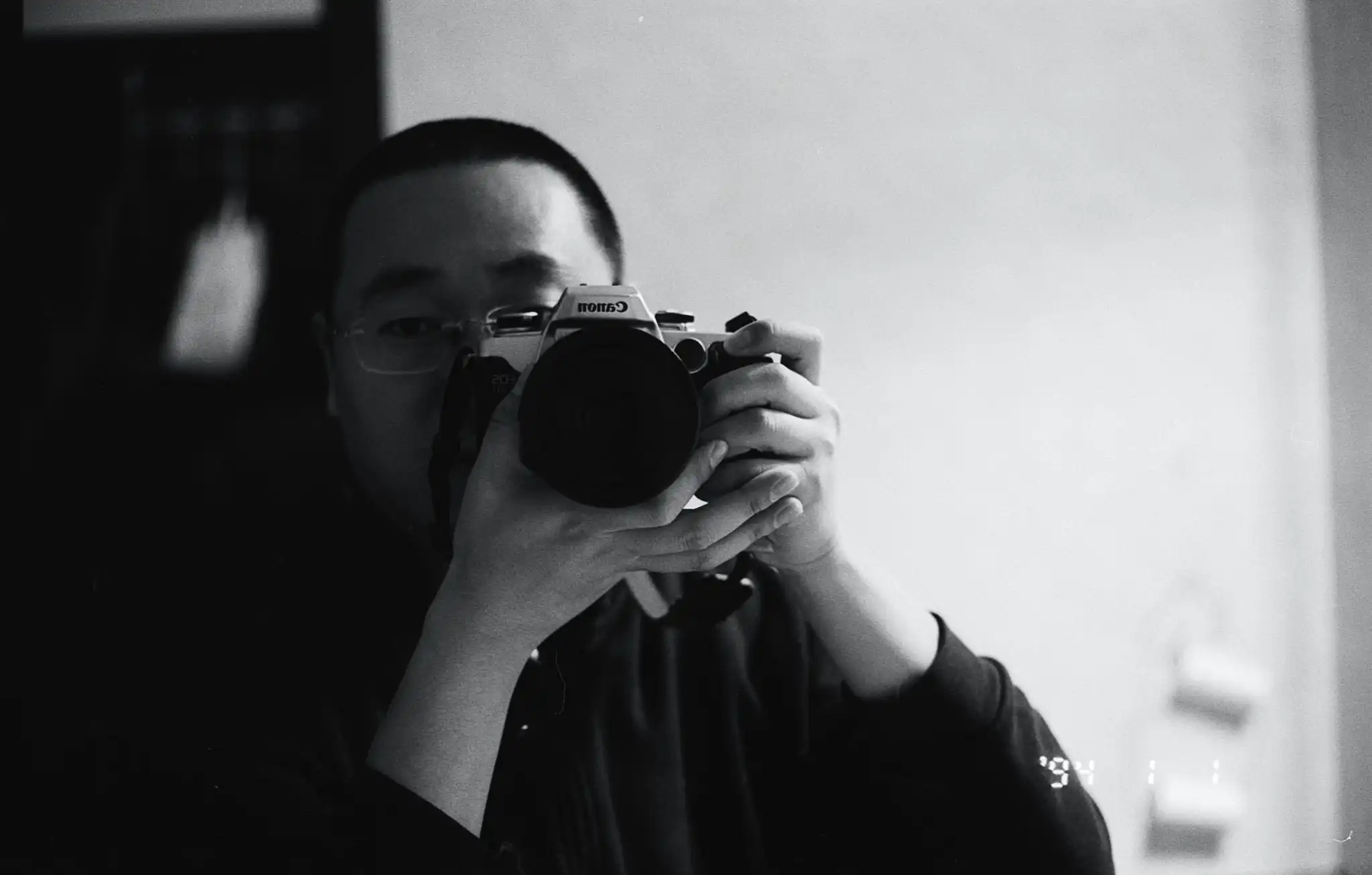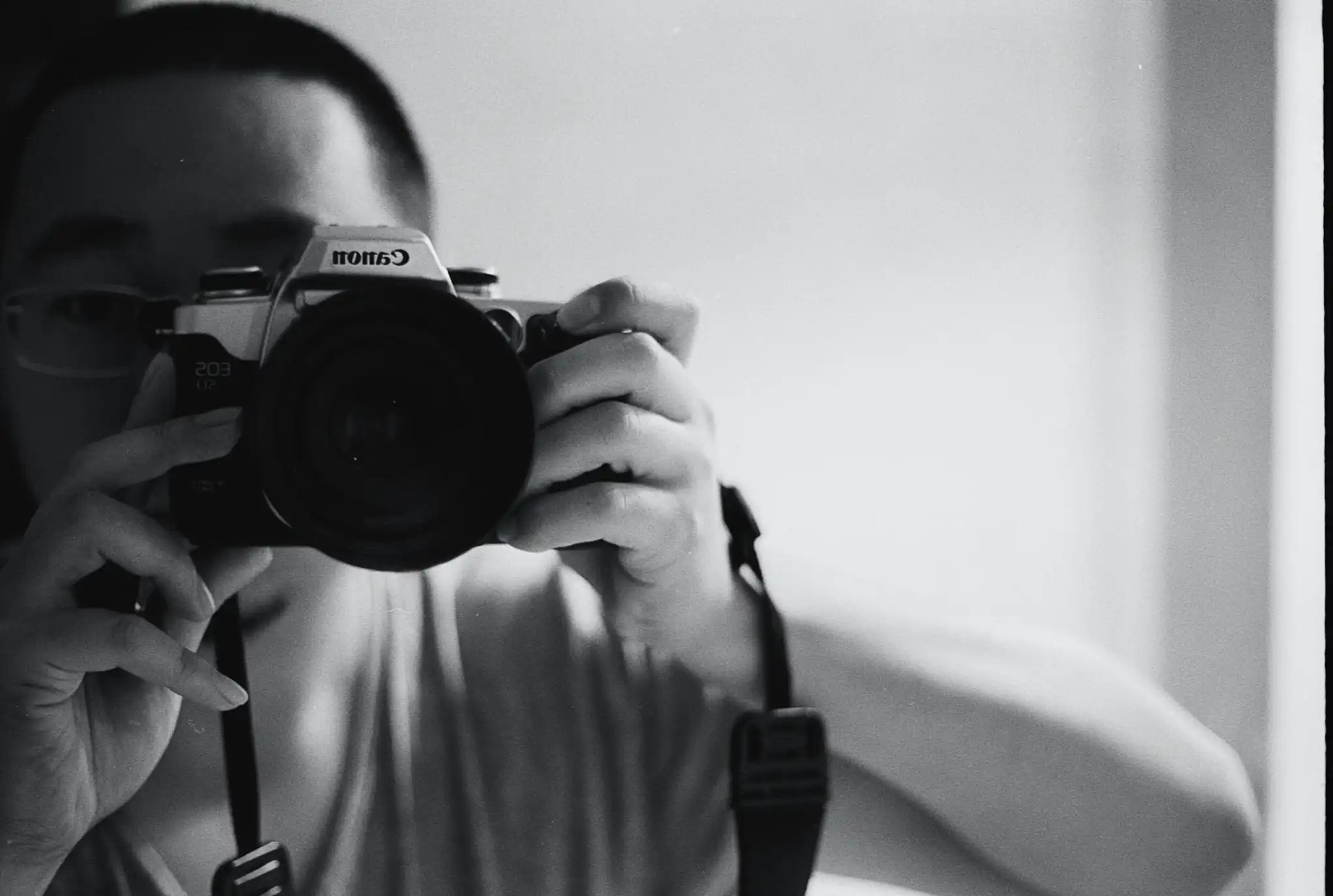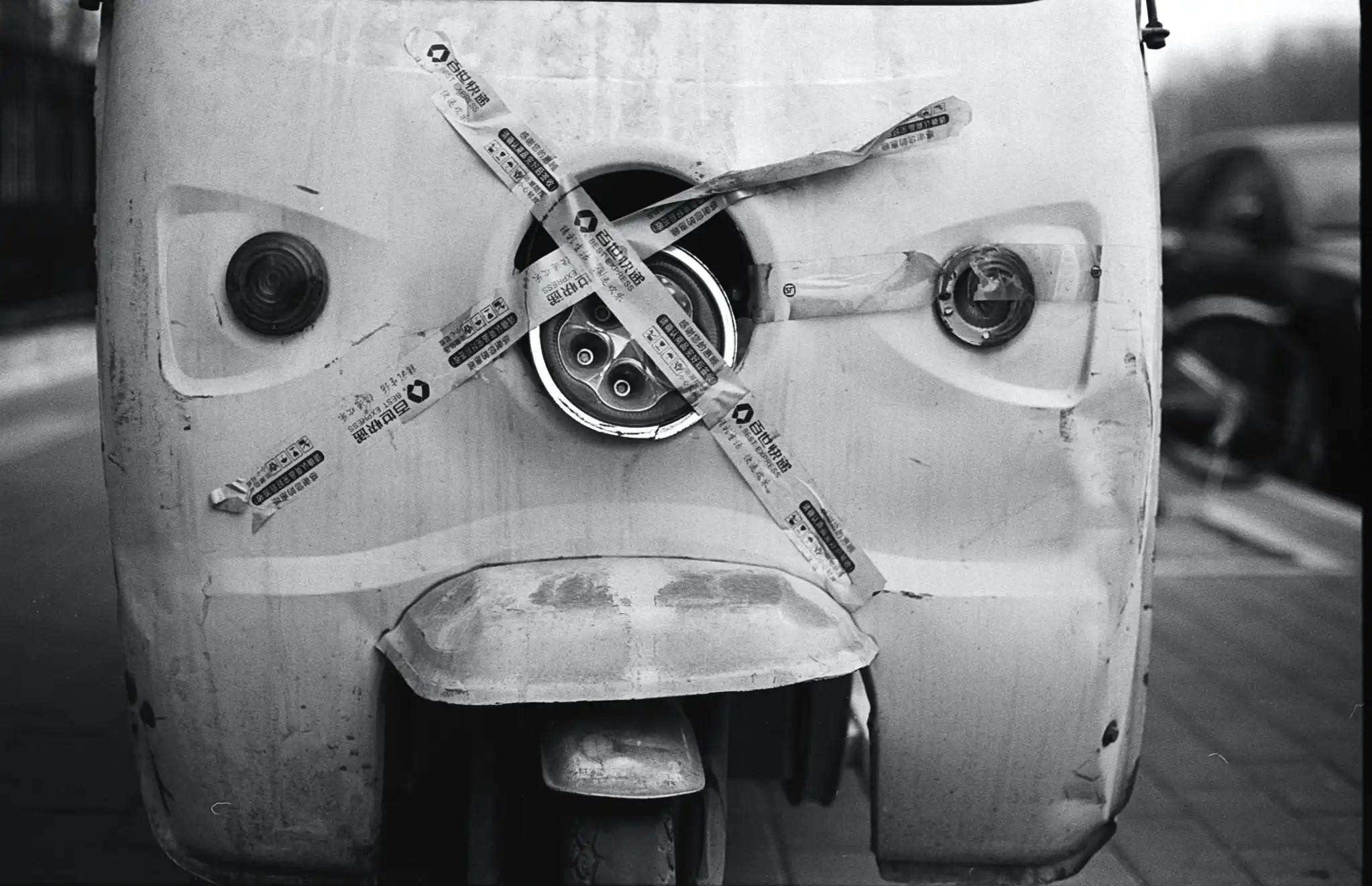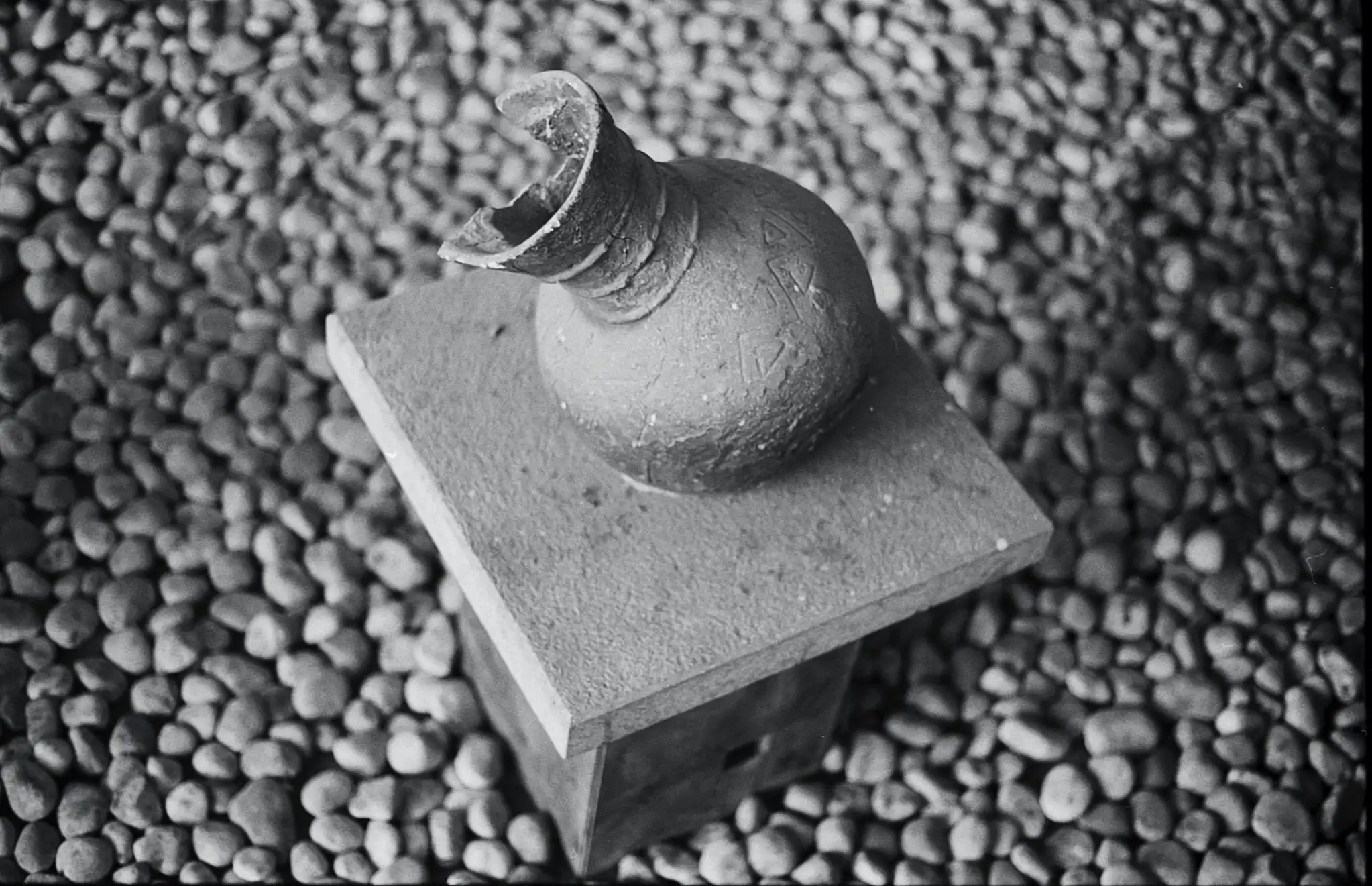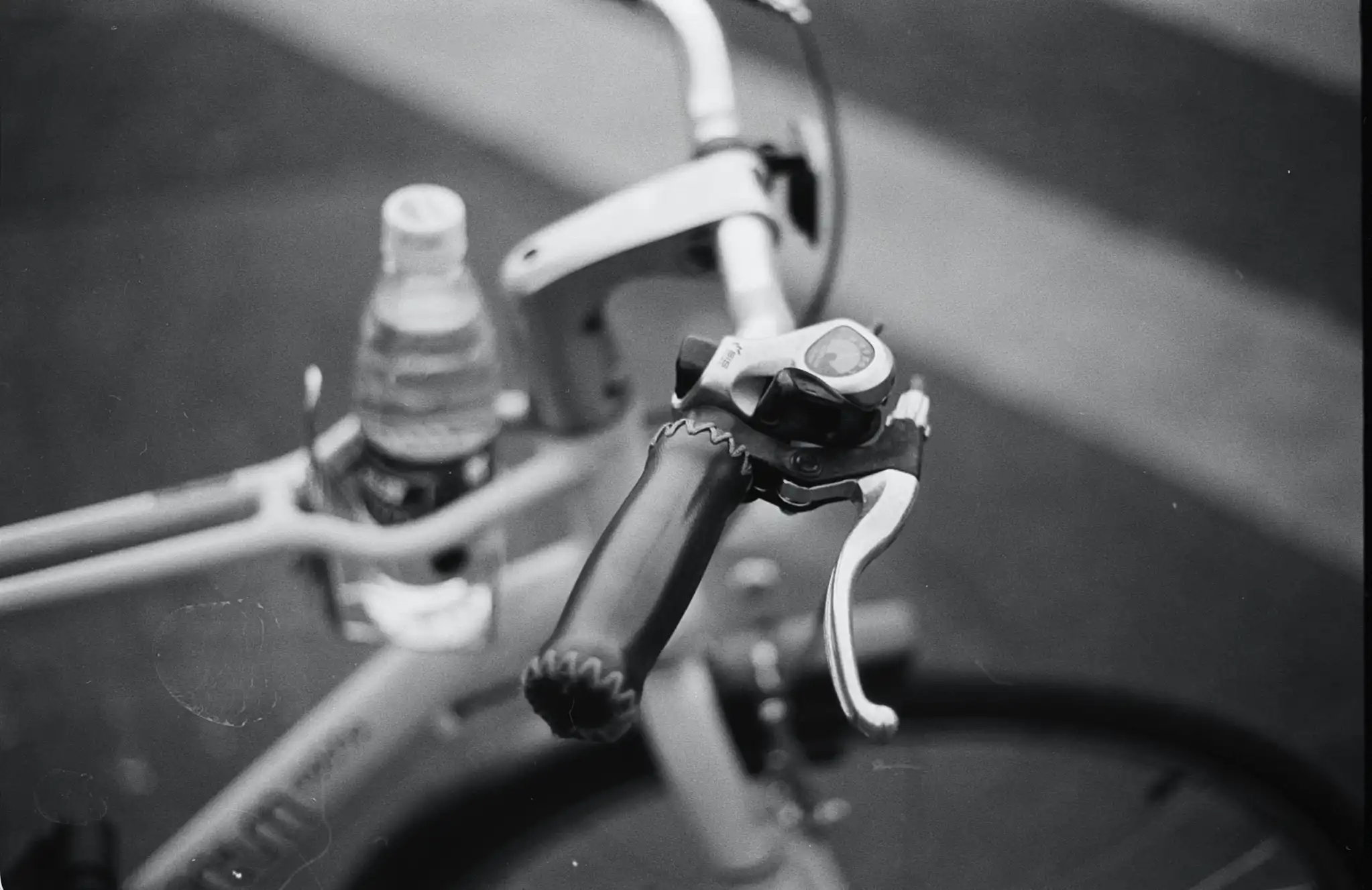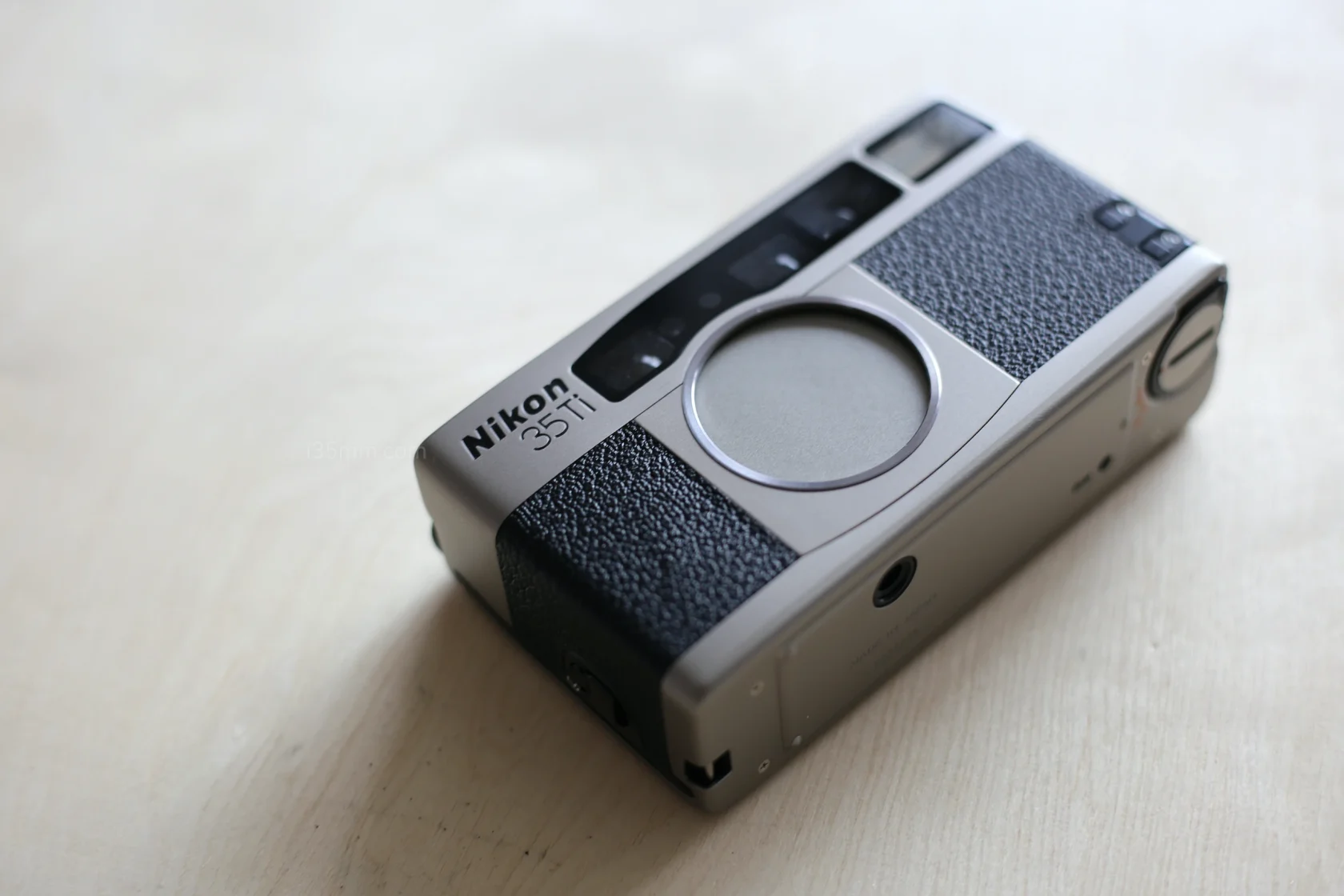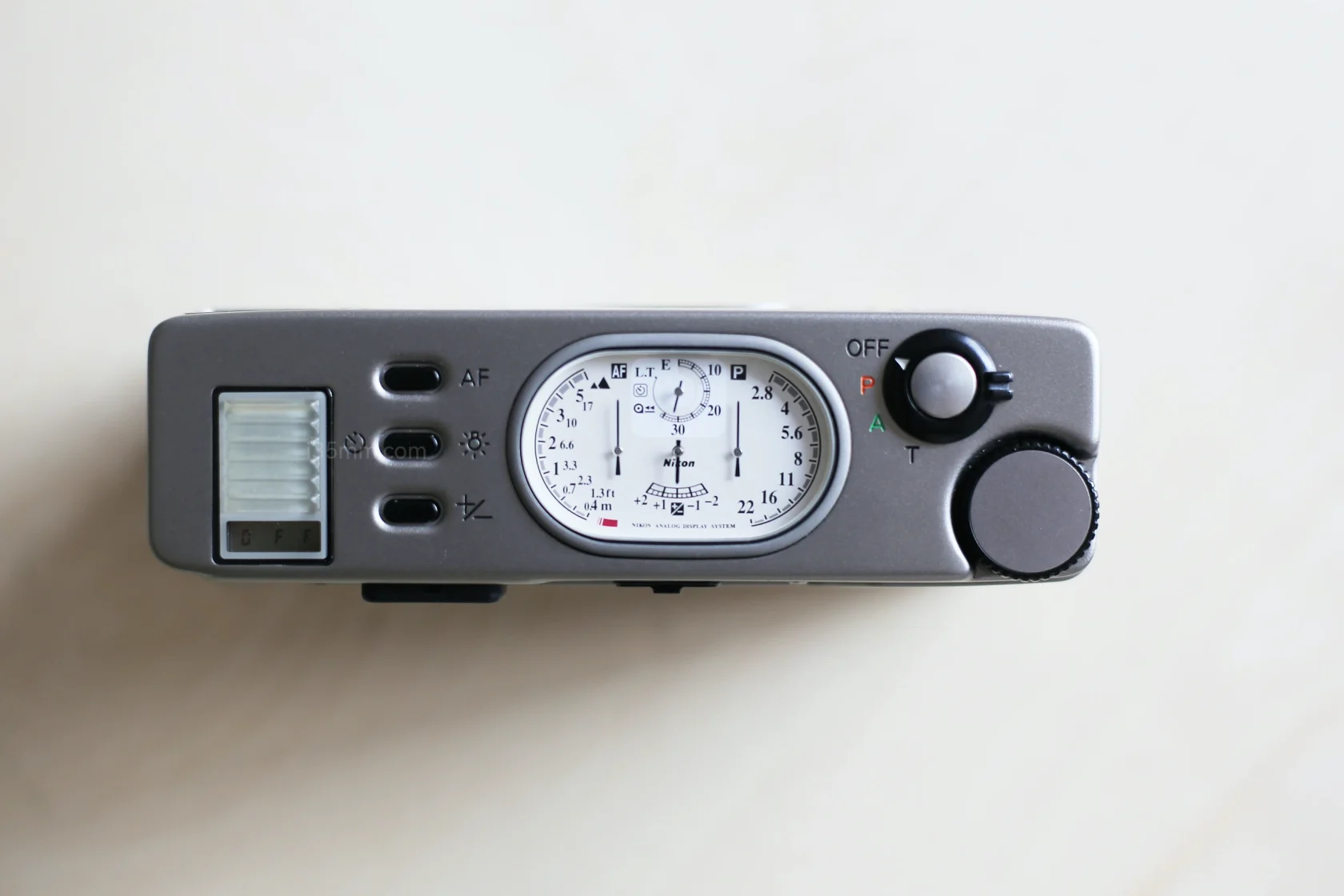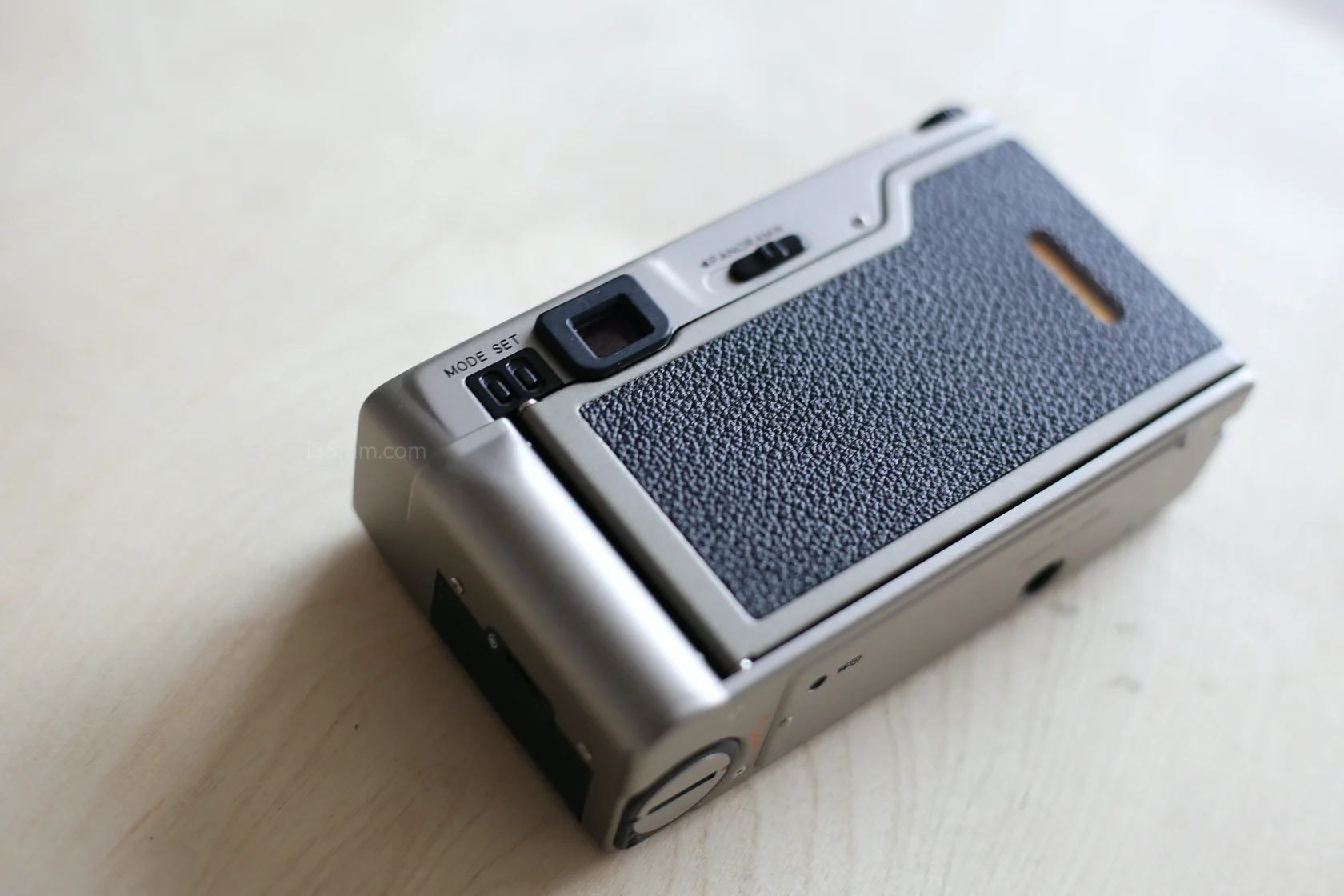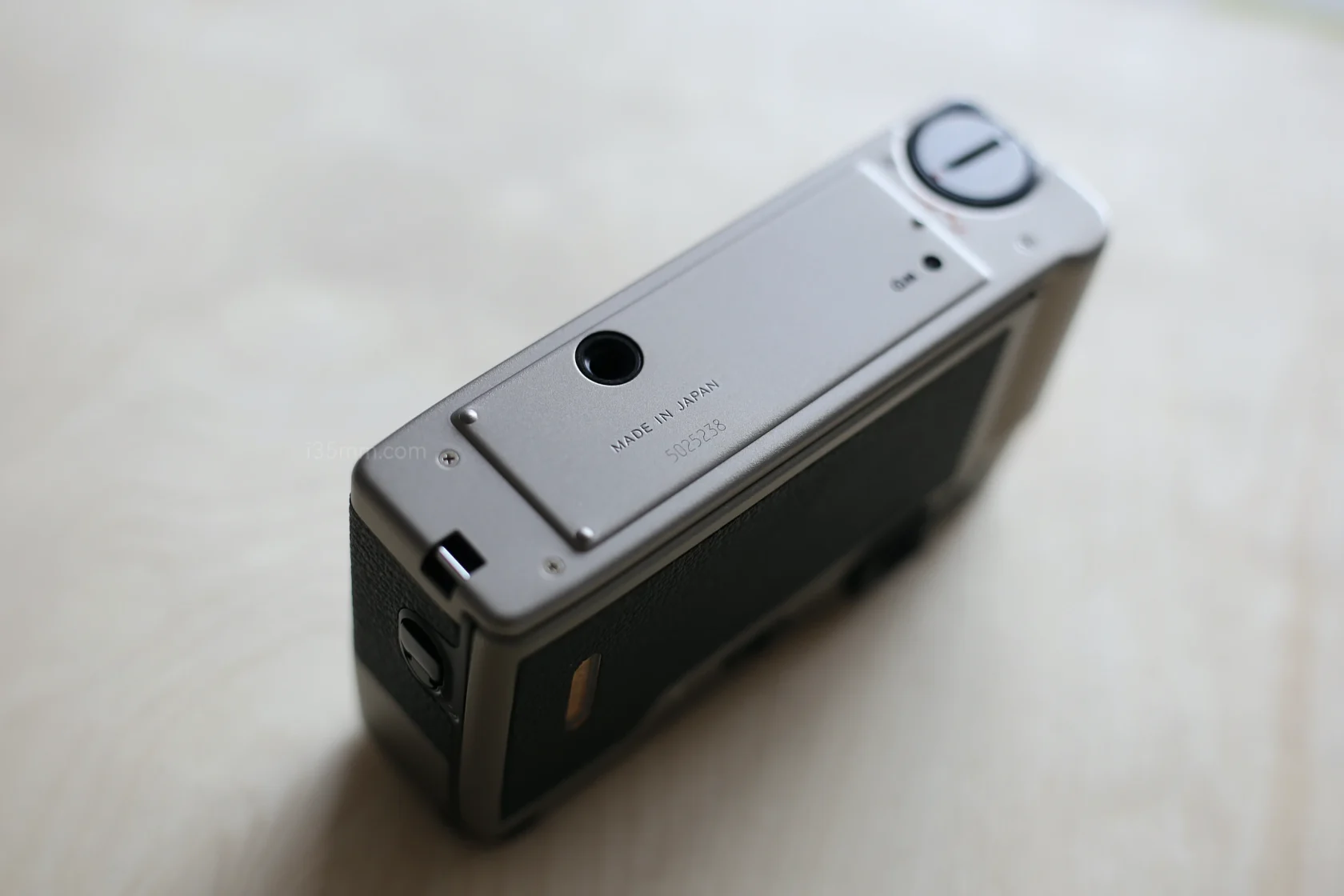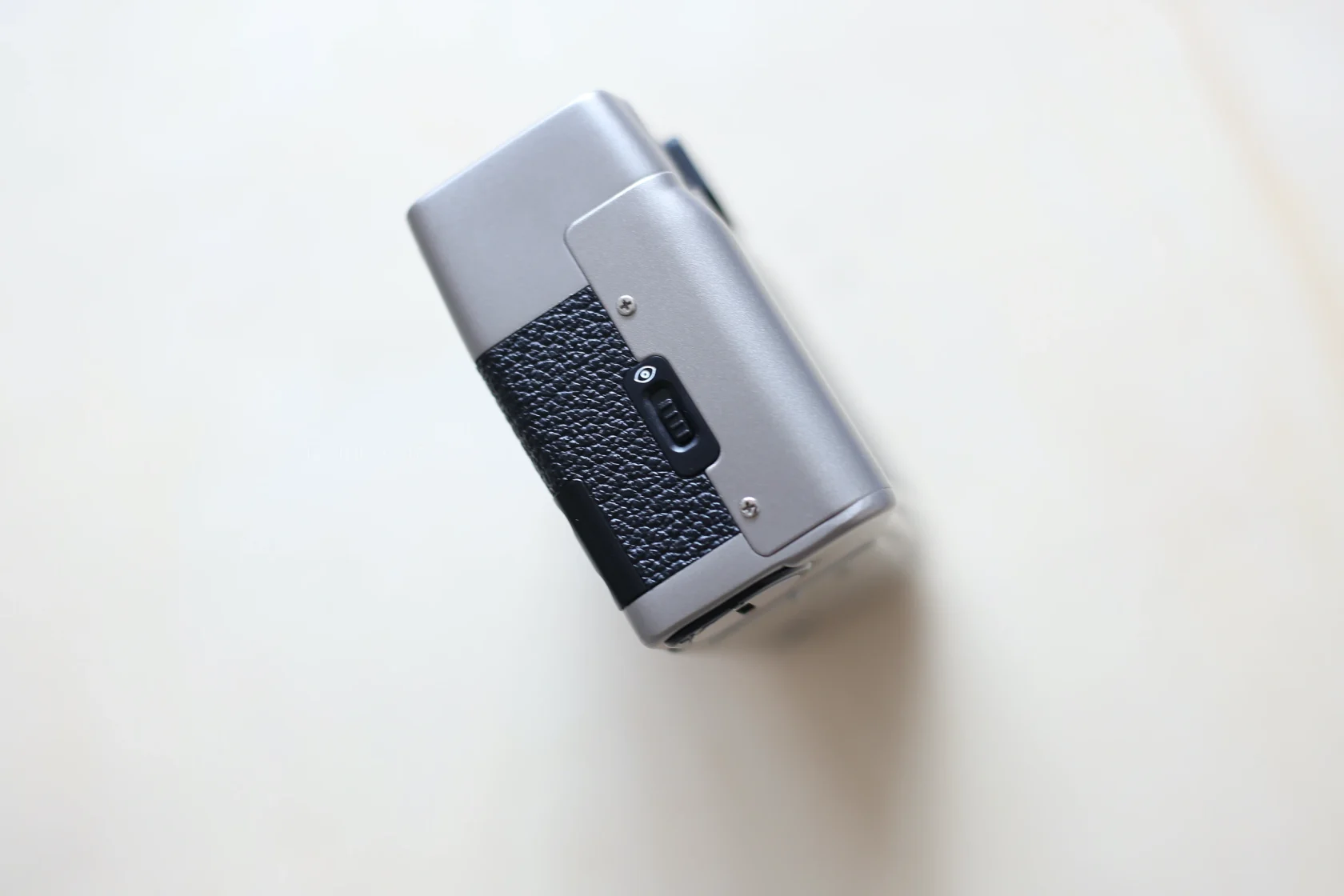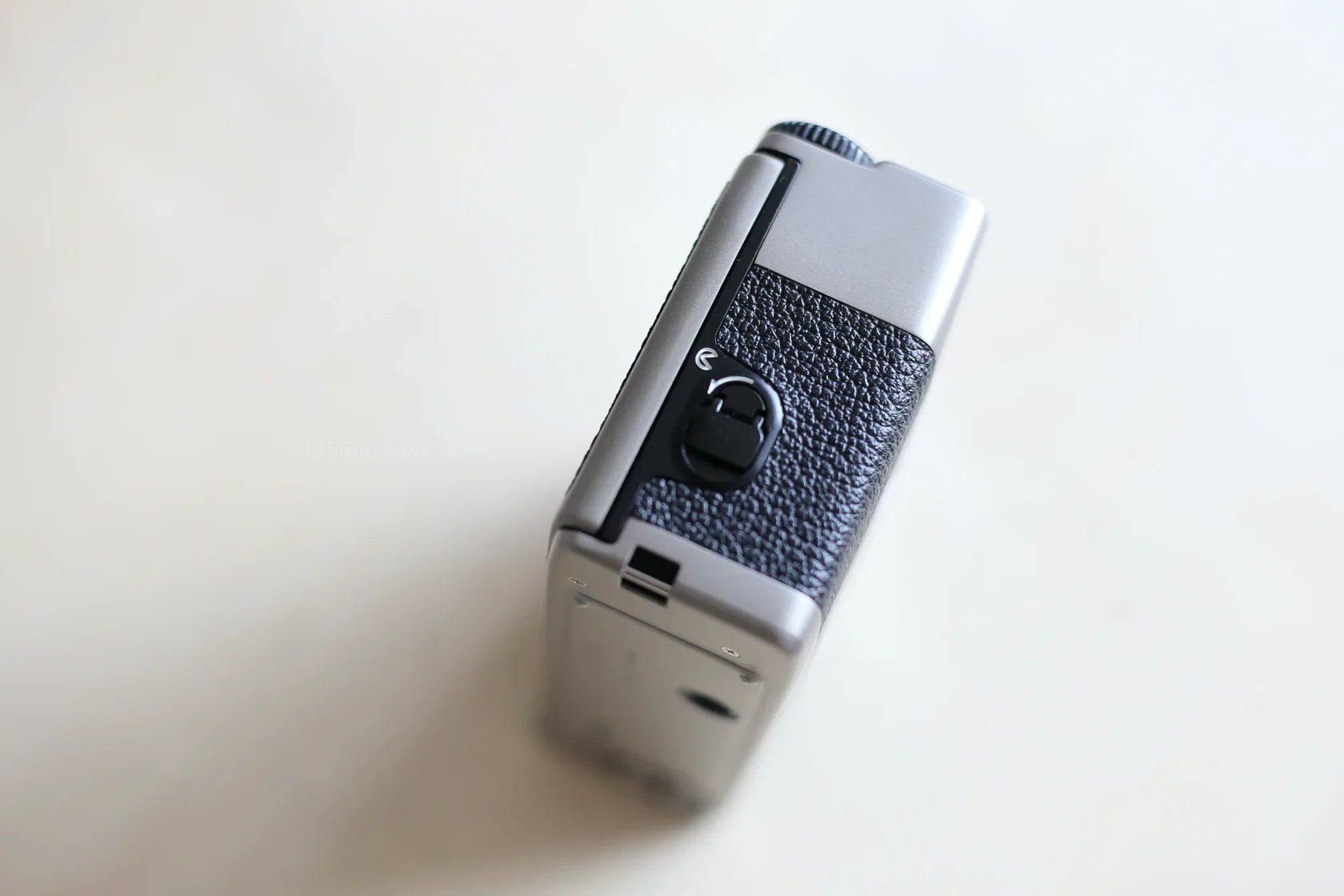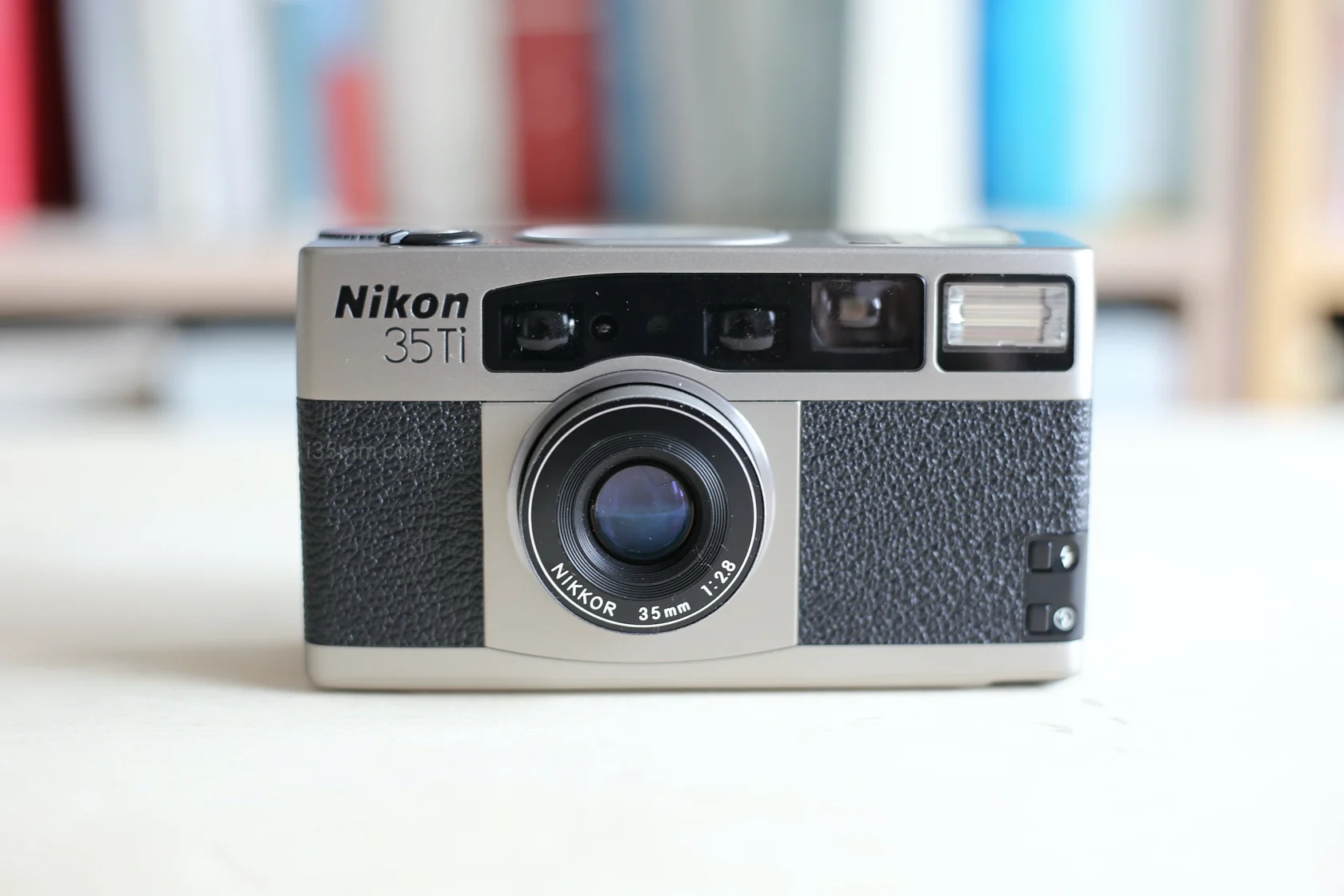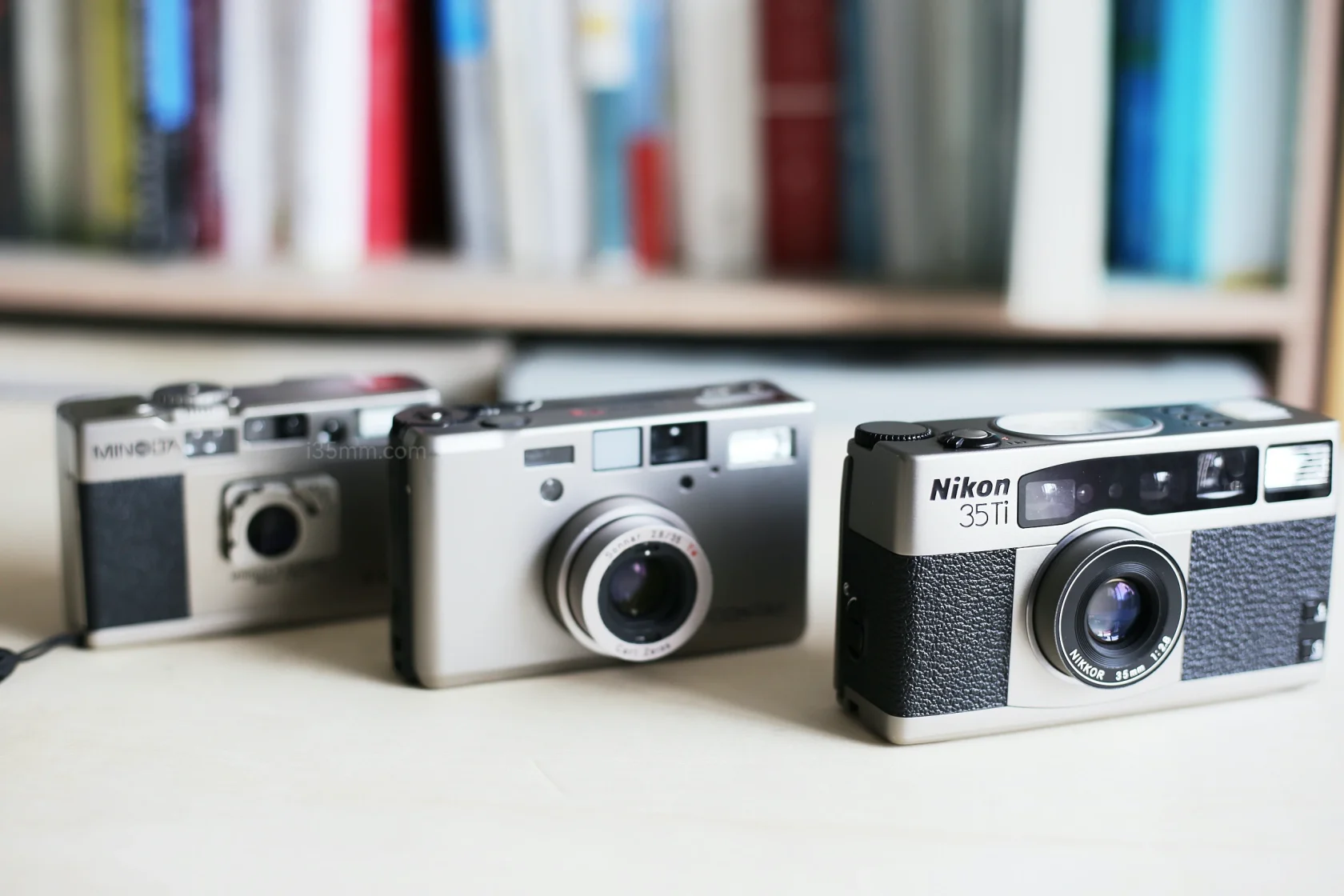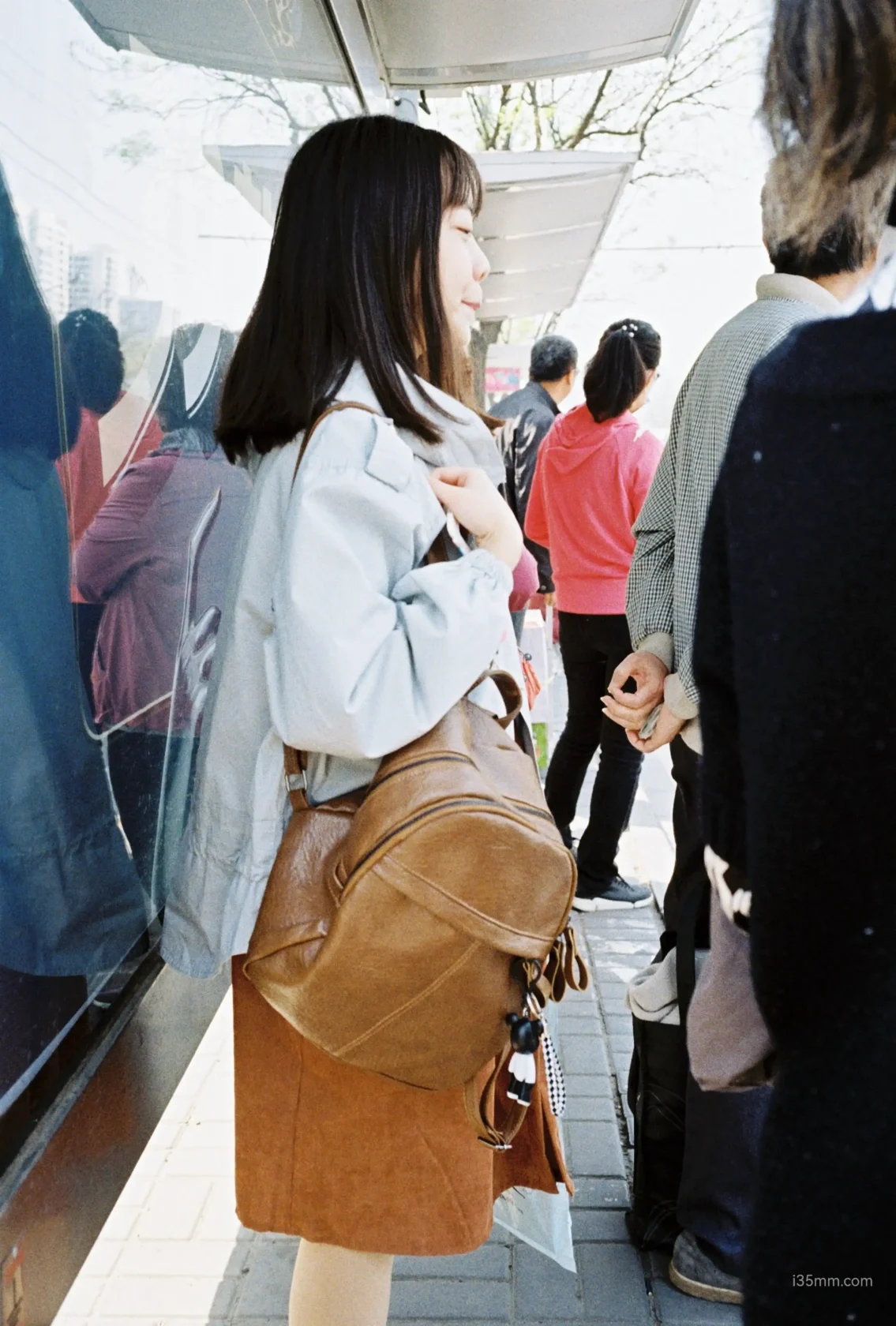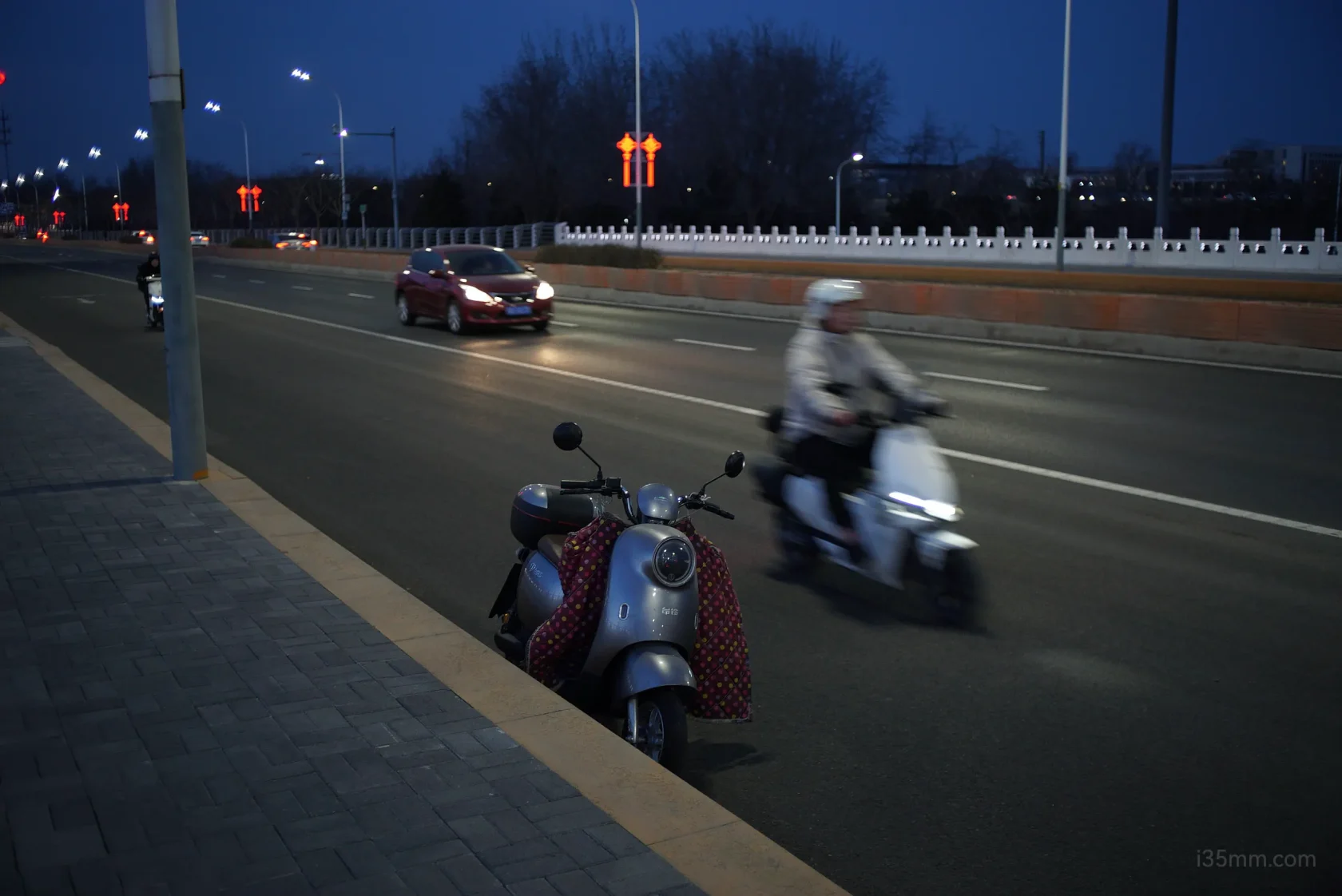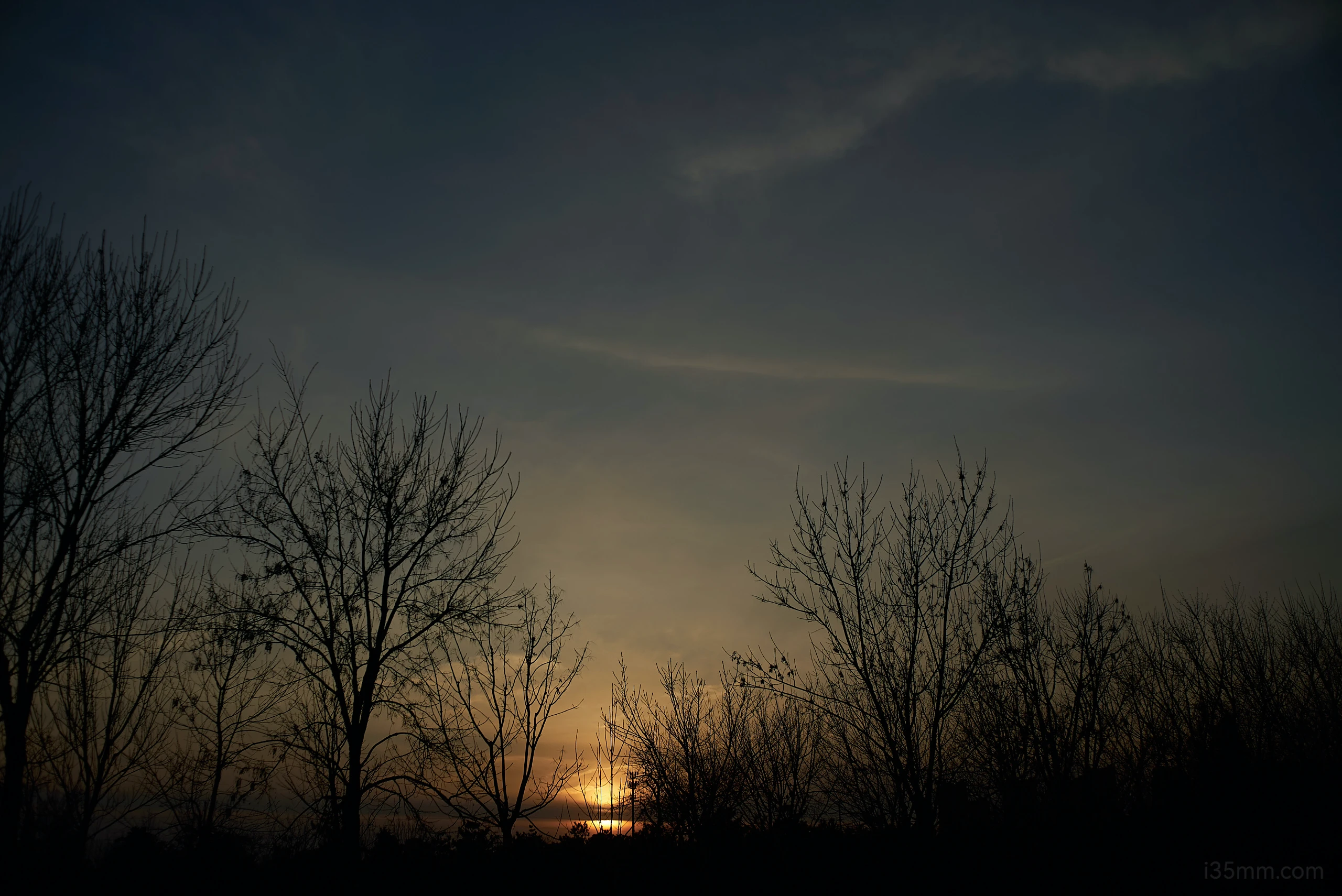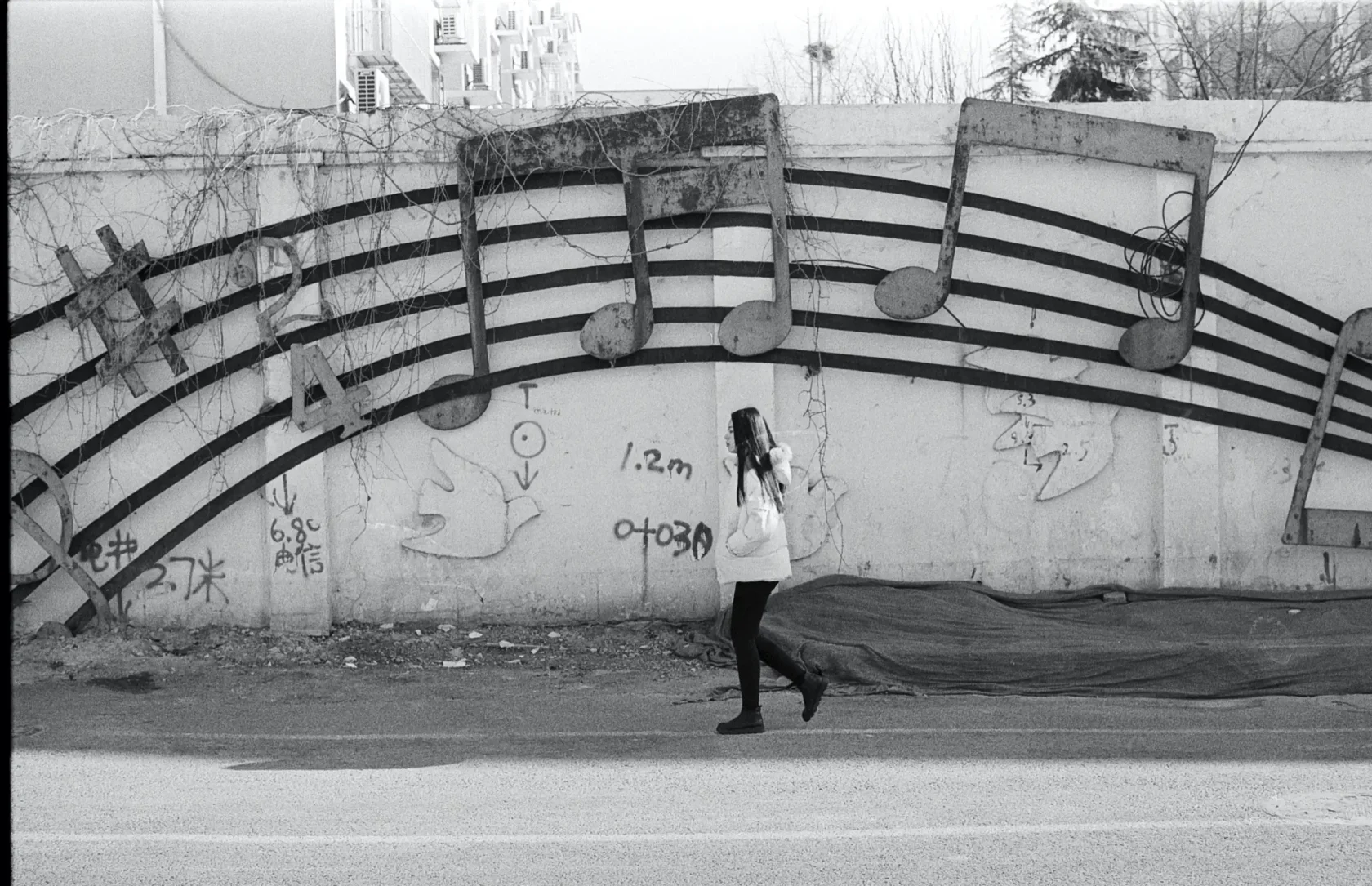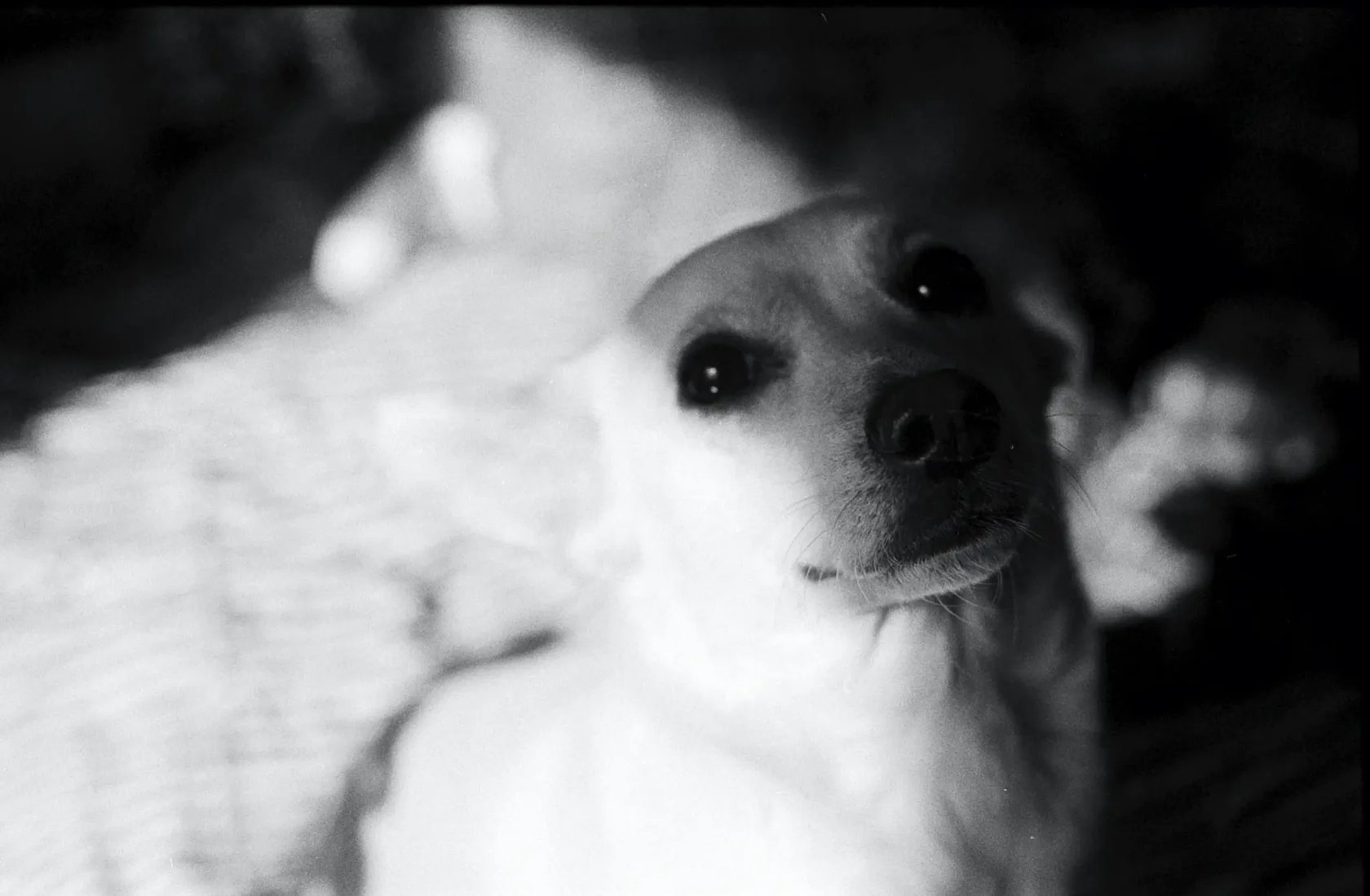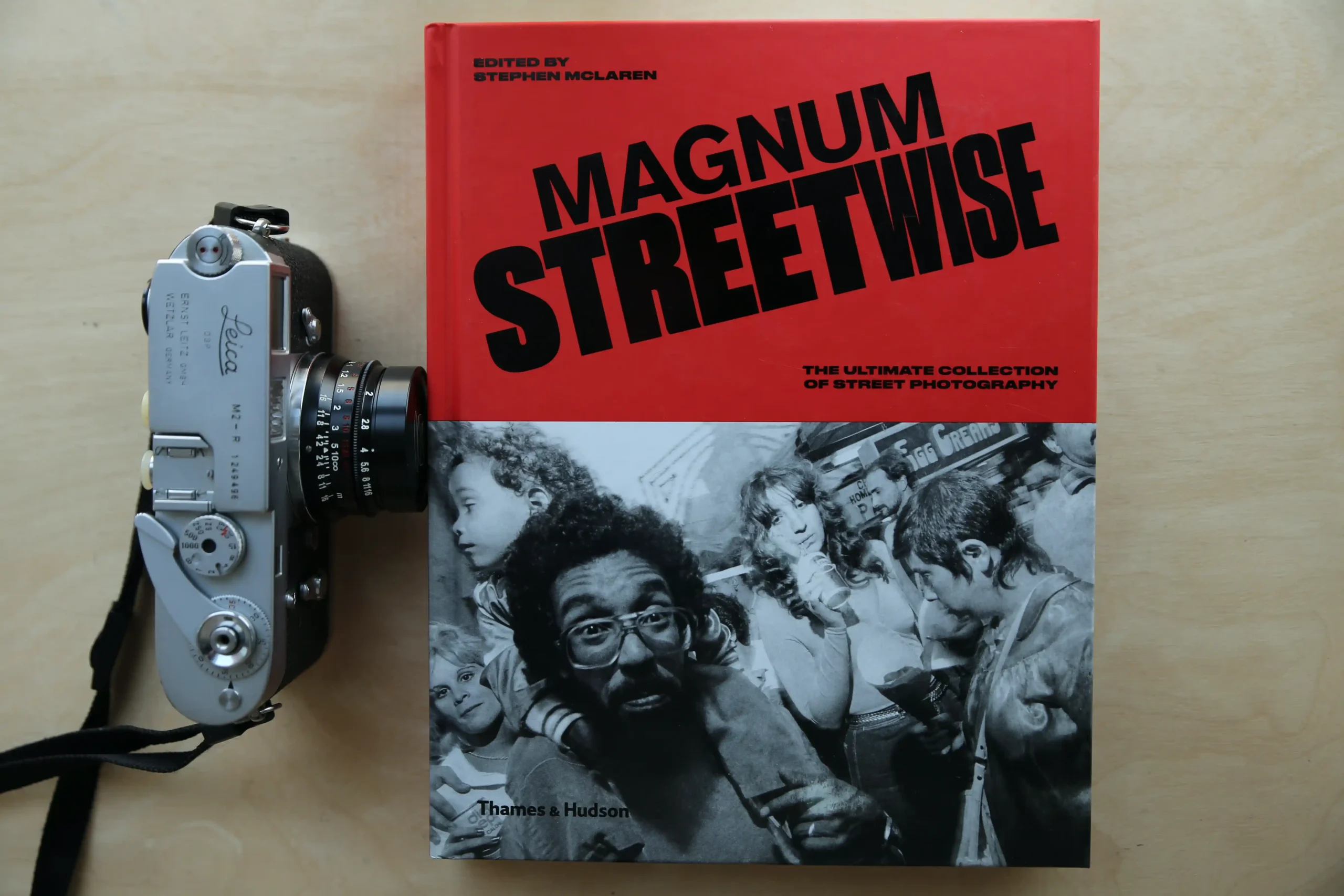
I nabbed Magnum Streetwise off a shelf in Beijing’s Sanlitun Page One, back when it was hot off the press, like a fresh baozi nobody else had sniffed yet. Street photography’s my jam—I’d stalk a shadow or a stray cat for hours just to catch it blinking—so this book slid into my life like a perfect frame. Two years later, the Chinese version popped up, and I grabbed that too, because who says you can’t double-dip on genius? It’s not just a book; it’s the ceiling of street shooting, a parade of moments that hit you like a pigeon landing on your lens.
The pages are a circus—Cartier-Bresson sneaking around corners, Erwitt winking at dogs, Gilden flashing faces like he’s daring them to blink. It’s chaos and poetry, all mashed together with a shutter’s click. I flip through it and grin, because this is what the street’s about: not posing, not planning, just snatching life as it trips over itself. My copy’s worn now, edges curling like it’s been dragged through alleys with me. Good. That’s where it belongs.
What did it teach me? First, patience is a predator—wait long enough, and the shot pounces. Second, gear’s just a sidekick; it’s the eye that calls the shots. Third, humor’s the secret sauce—find the absurd, and the frame sings. I’m still chasing that ceiling, but this book’s my map.
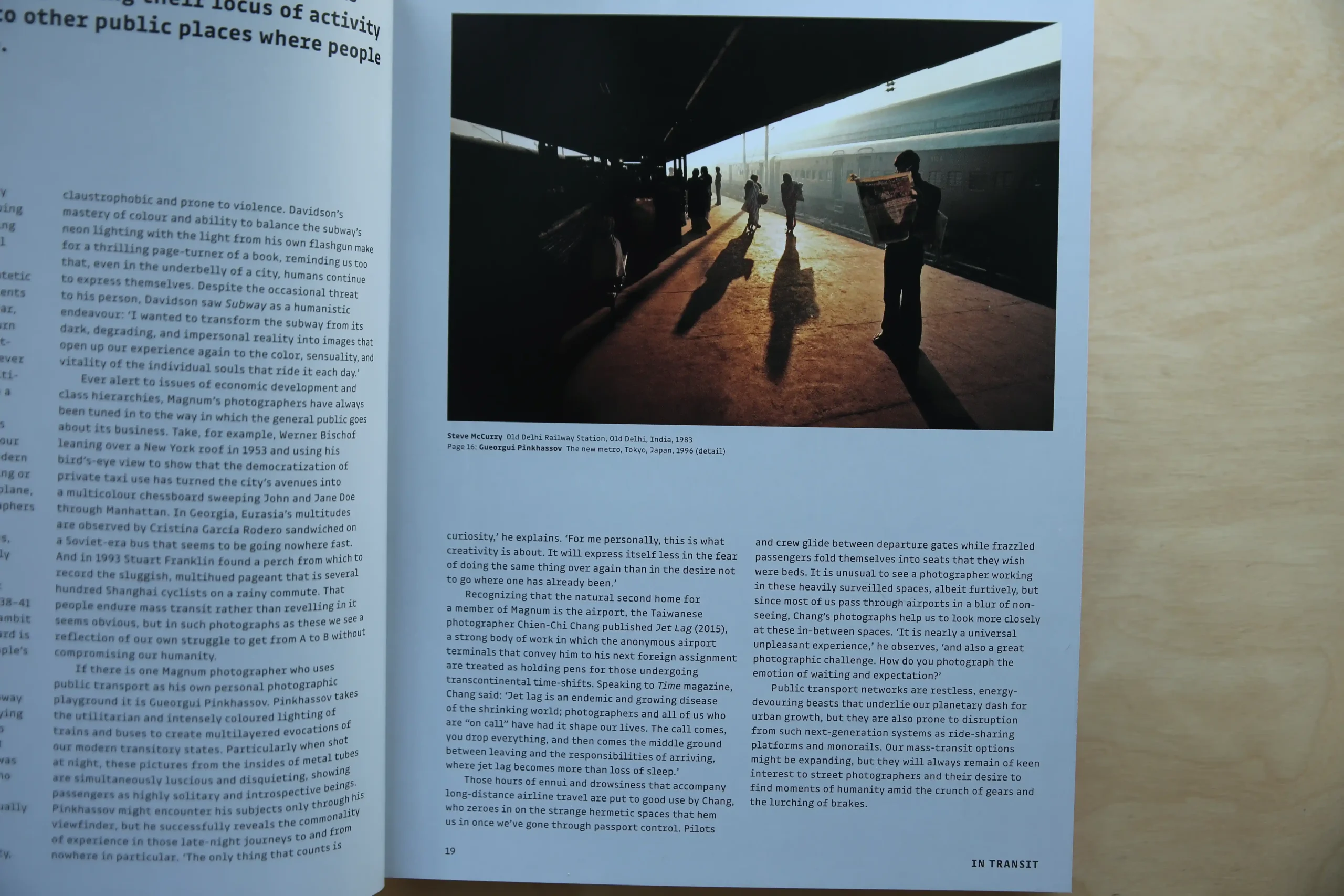
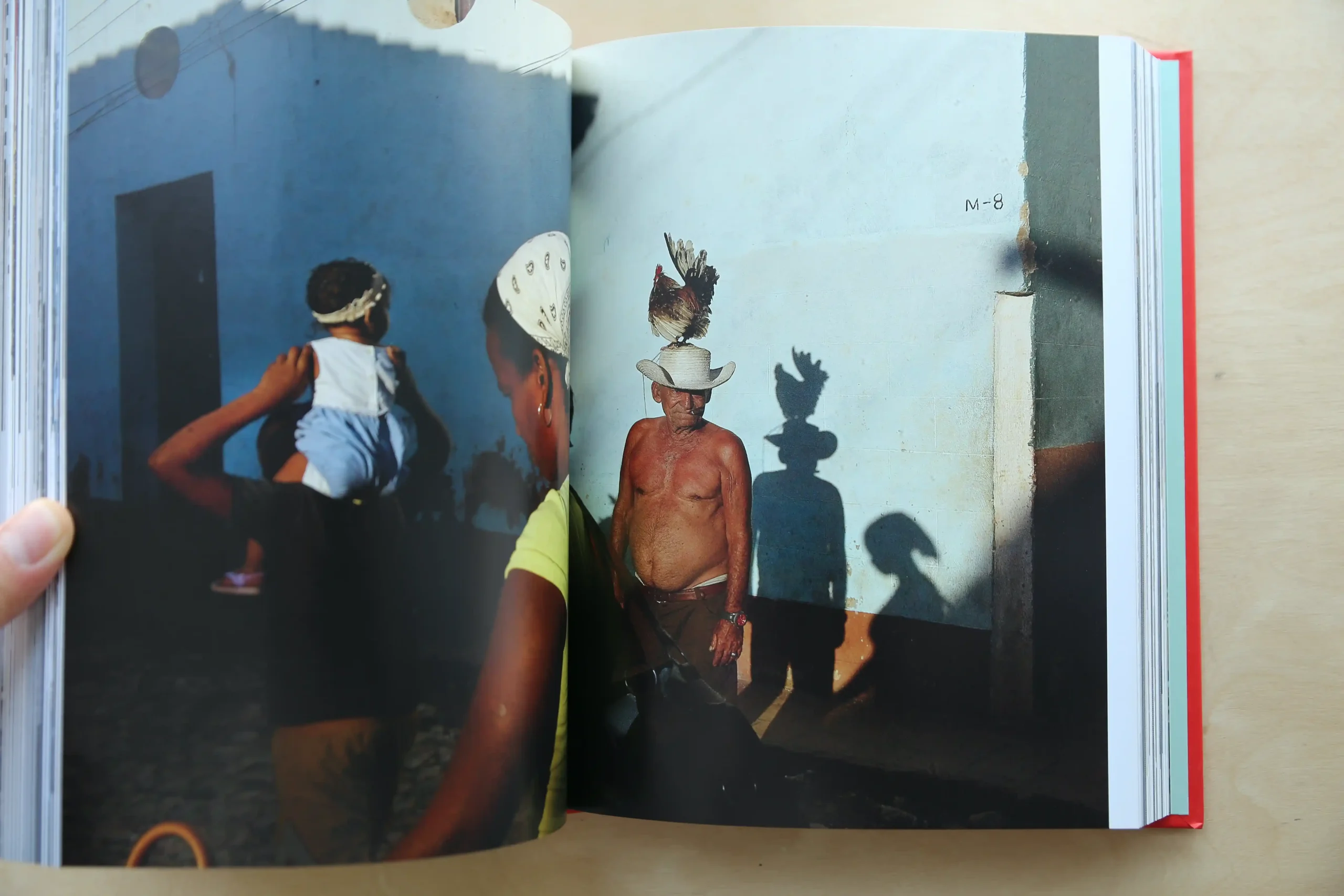
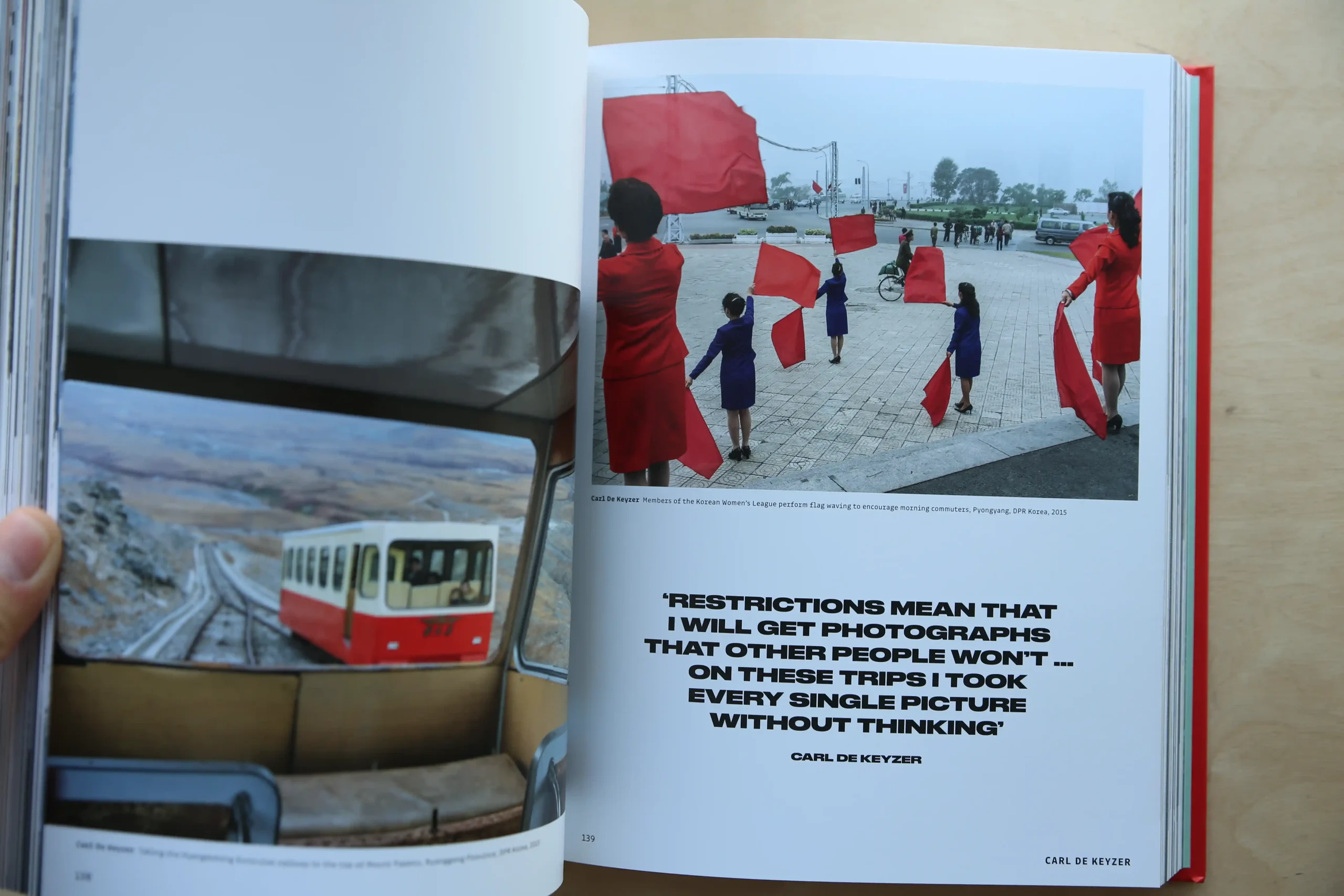

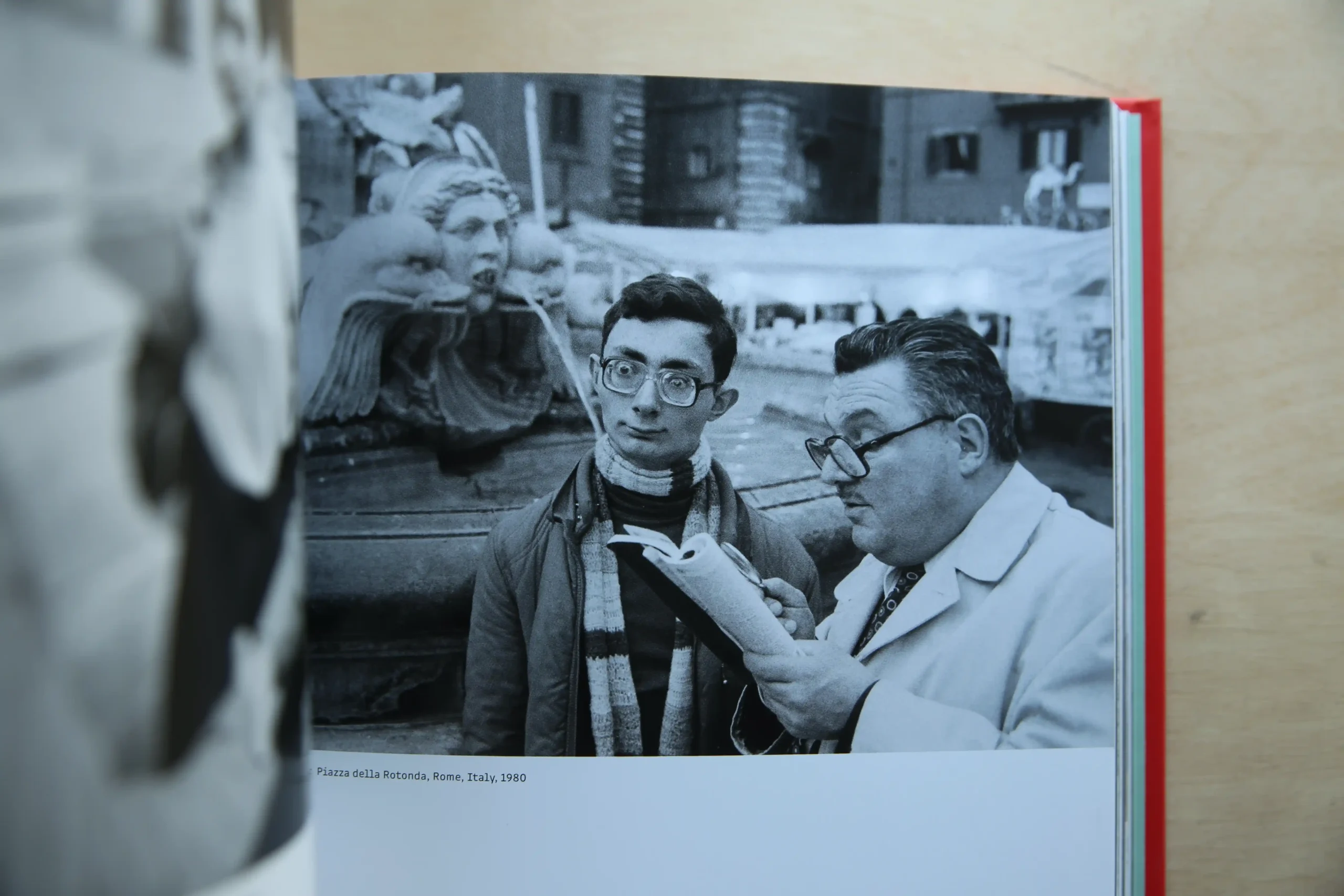
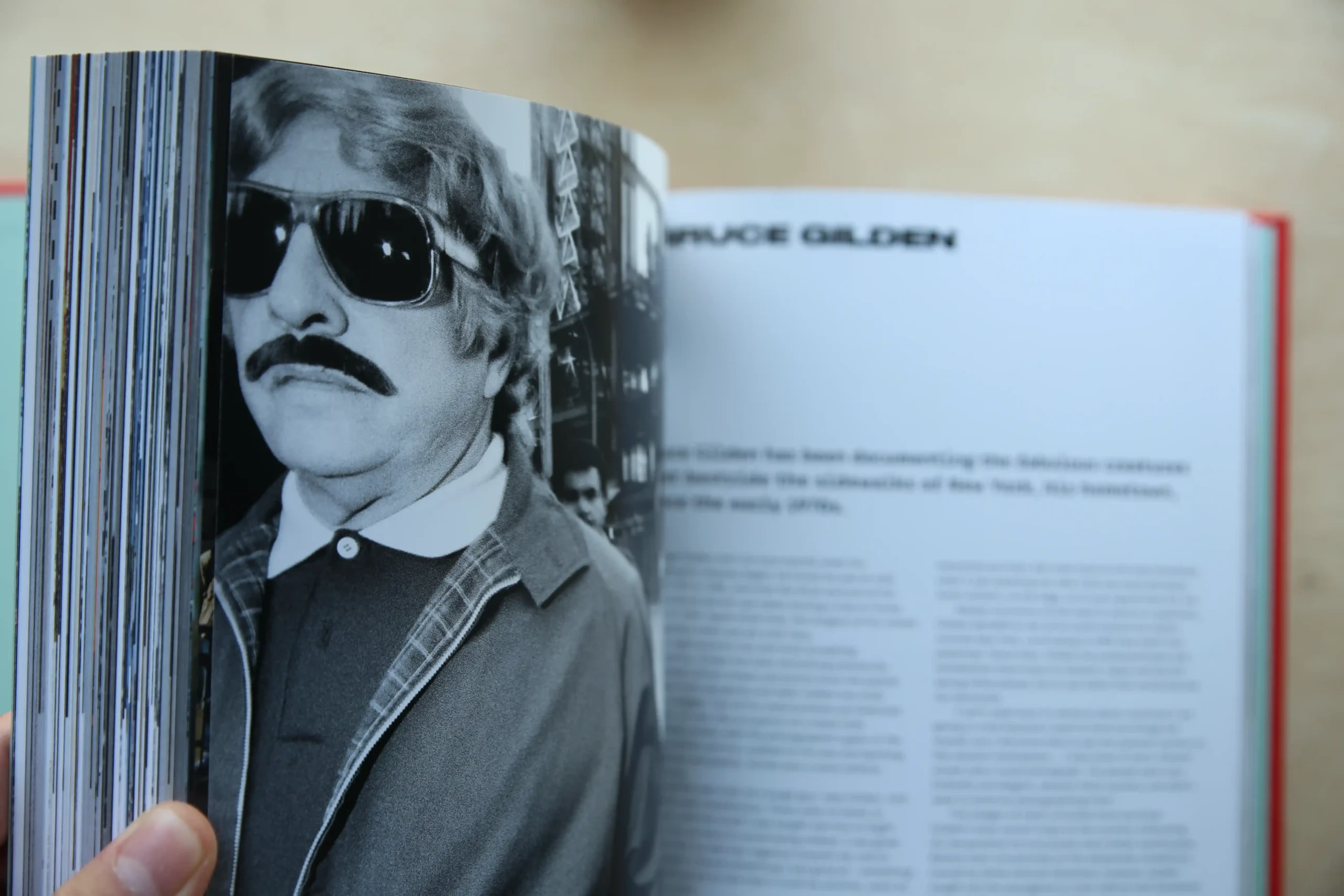
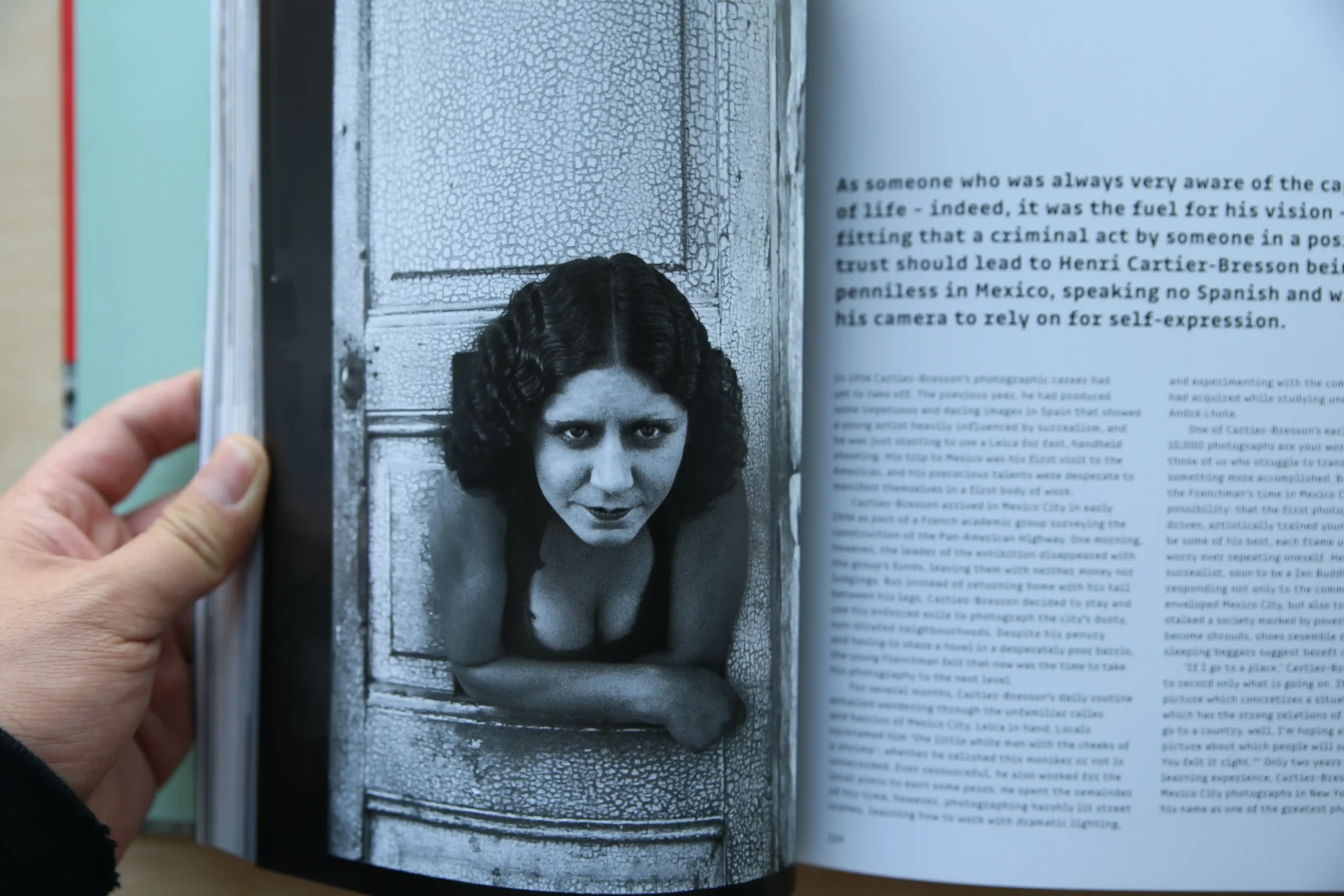
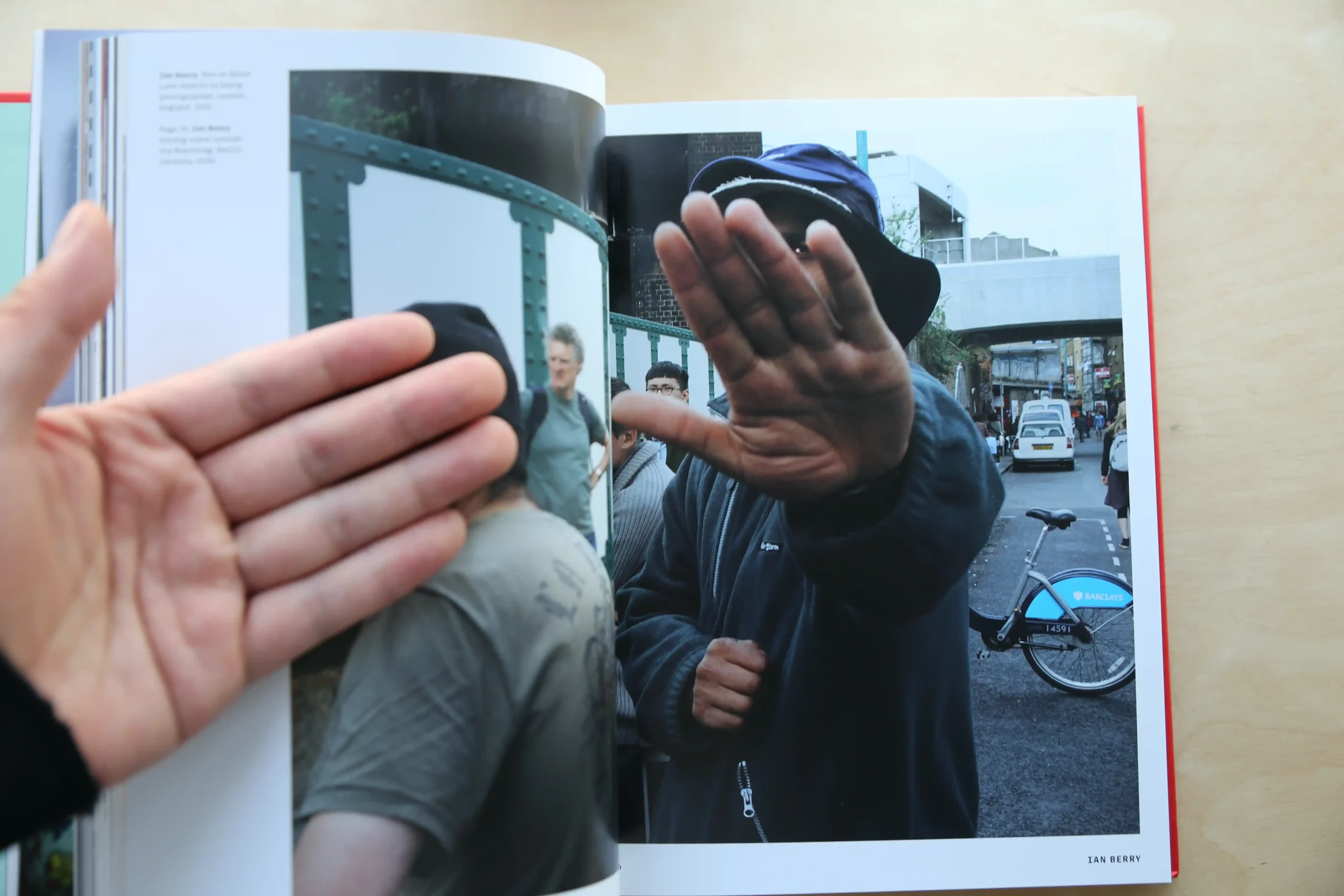
Magnum’s crew wielded some classics: Cartier-Bresson with a Leica M3, stalking silence; Erwitt too, Leica in pocket, sniffing out laughs; Gilden, a Leica M6 with a flash like a punch; Parr, maybe a Mamiya 7, coloring the mundane loud; Koudelka, Leica or a Pentax 67, brewing drama in black. Old school, mostly, but sharp as ever.
